Les Cabinotiers Westminster Sonnerie by Vacheron Constantin
Tribute to Johannes Vermeer.
Today we have something totally special to share with you, one of those amazing projects that happen only once in a while, a project 8 years in the making and pushing the limits of hyper horology and for sure accentuating the fact that we are most definitely talking about Art with a capital A.
We were lucky enough to follow a few stages of this project and are thrilled to bring you the report of the day, one proving once again how precious the collaboration between a collector or should I say a patron of the arts and a brand can be.
Les Cabinotiers is the Vacheron Constantin workshop for unique pieces and for Bespoke Order.
The client had a dream asking the brand to make a unique timepiece, a Bespoke timepiece, which would be a ground complication, namely Westminster Carryon, which would include decorative crops. He got in touch with them in 2013, and this is the eight years long history.
A very special feature was added to the movement, which is a silence mode, the function on the case which allows you to remove any kind of chiming between 11:00 PM and 9:00 AM.
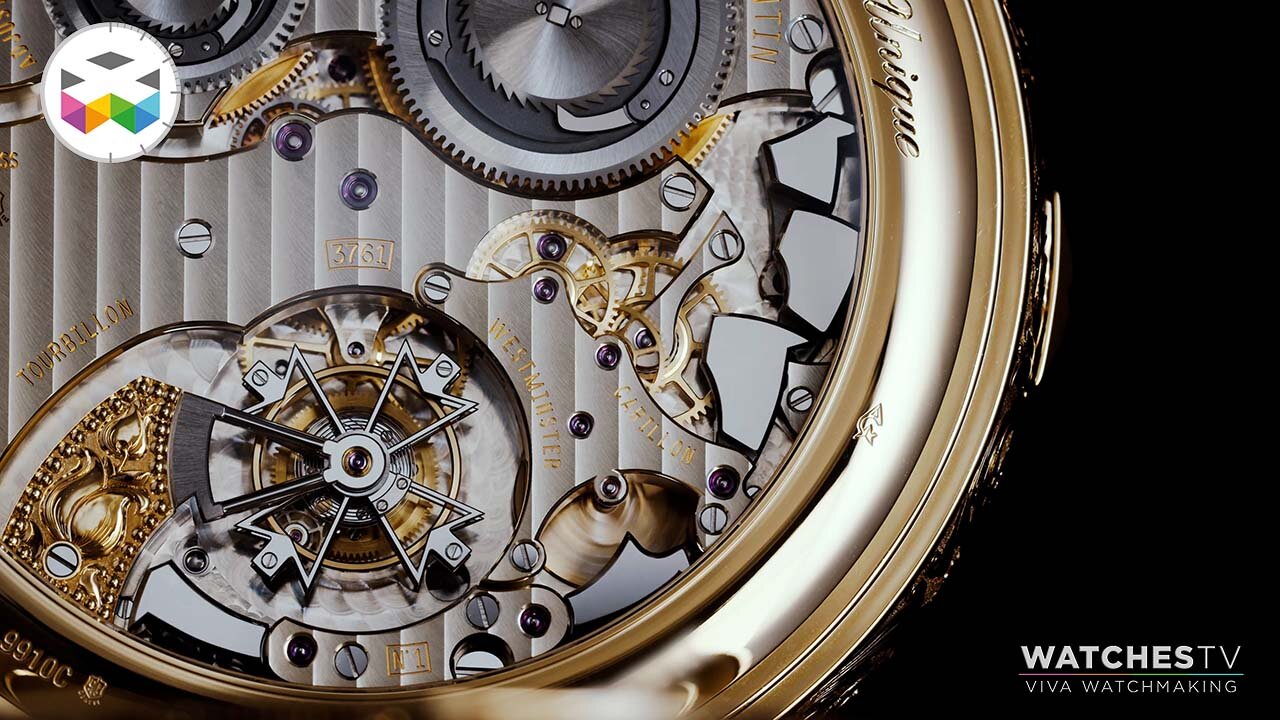
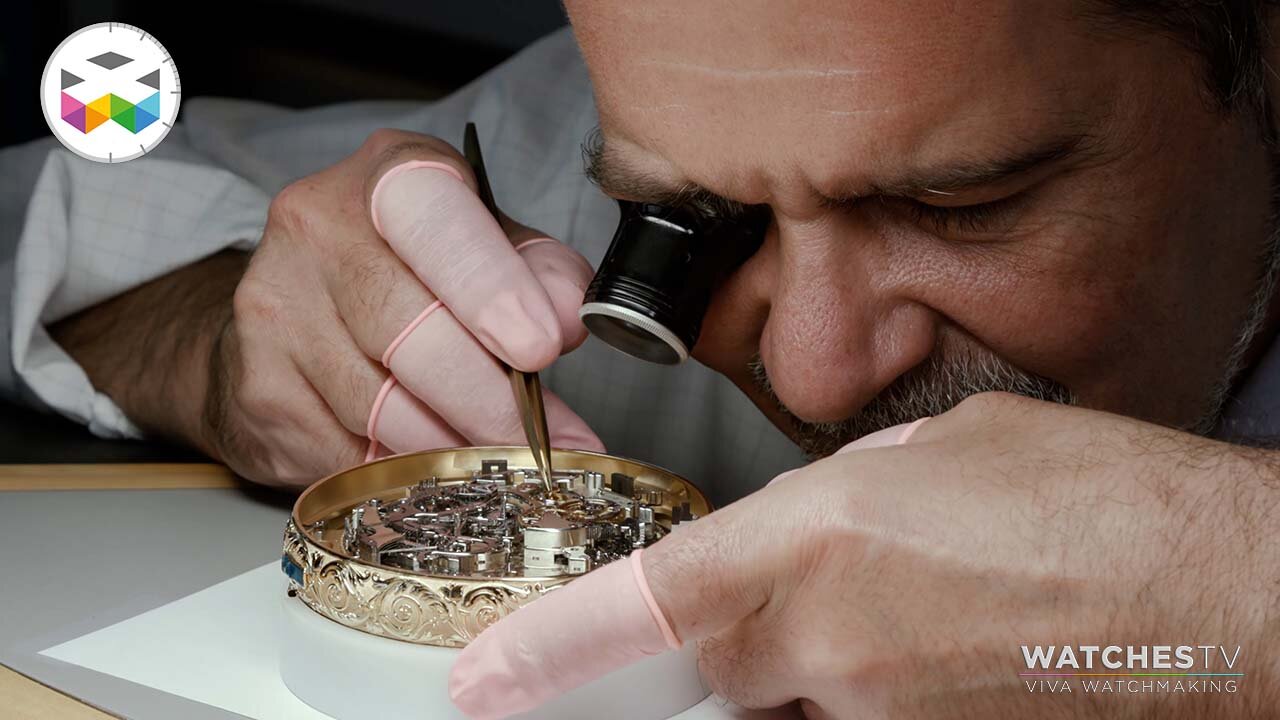
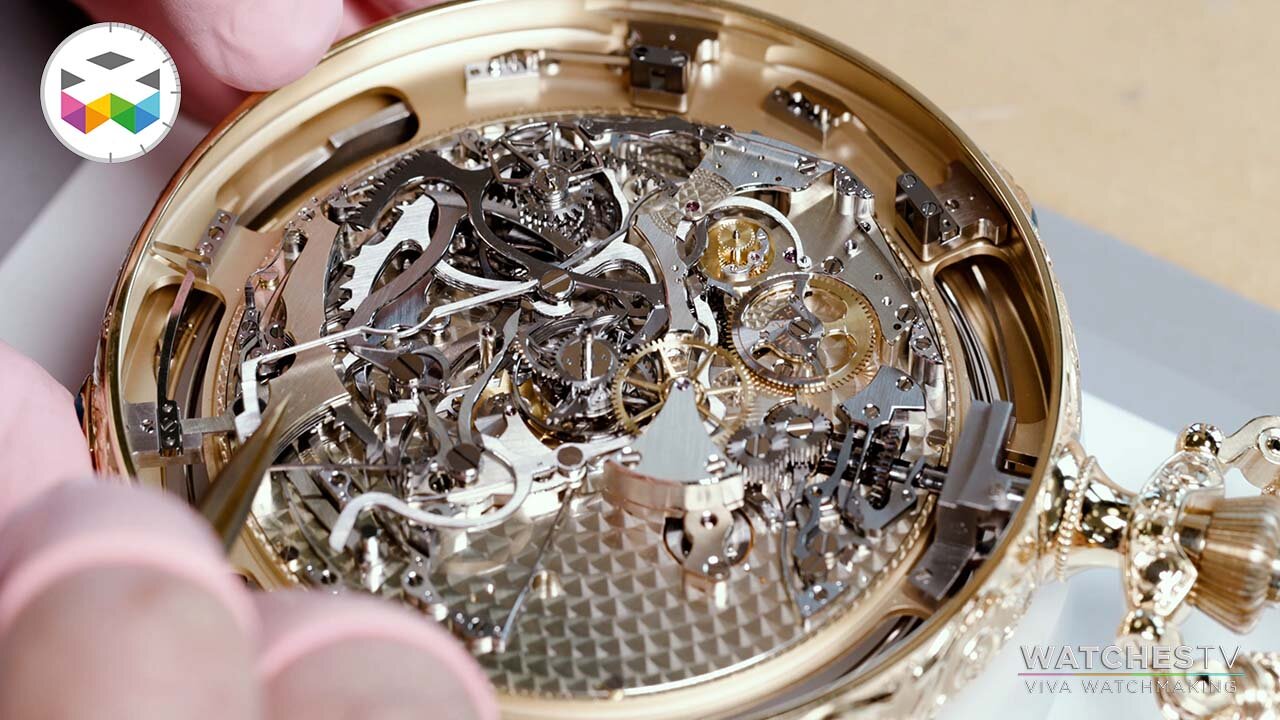
Vacheron Constantin started to make striking watches at the very beginning of the 19th century. The oldest timepiece in the brand’s private collection, which is a Grande Sonenrie, is from 1827. Later there were some more Grande Sonenrie for famous clients as James W Packard or King Fuad of Egypt.
In the case of this unique timepiece, we have Westminster Carrillon, the system is playing exactly the same note as the Big Ben Carrillon in London, with no less than five hammers, which is very impressive and striking on five counts which are driven by four racks.
The watch itself is 98mm wide, which is enormous in comparison with the wristwatch. The movement had to be large enough to be fitted with harmonious proportion in the case. This is no less than 71mm diameter movement, which is 17.05mm thick.
Every component has been hand-finished.and the movement counts more than 800 components, 80 hours of power reserve and between 15 and 18 hours of power reserve for the musical seconds. This is 18,000 vibrations per hour.
There are acacias leafs with tulips hand-engraved on the case side and the bow is hand-decorated by engraving with two lion faces.
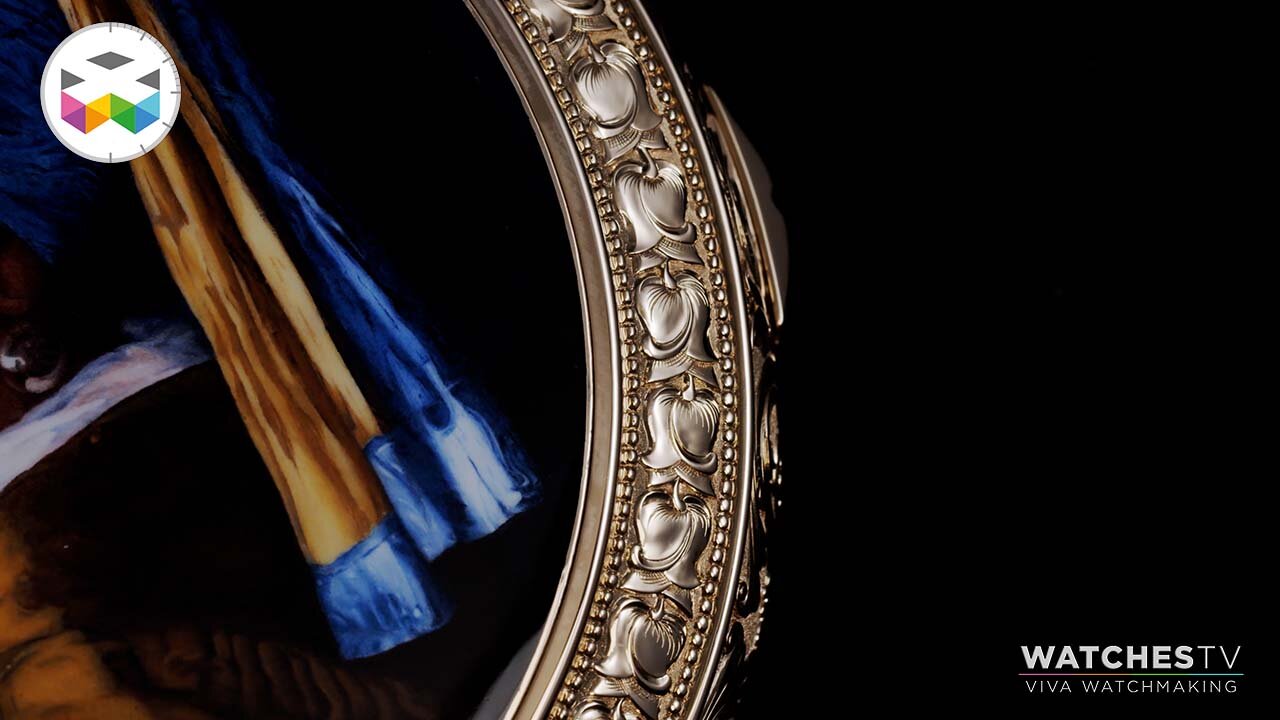
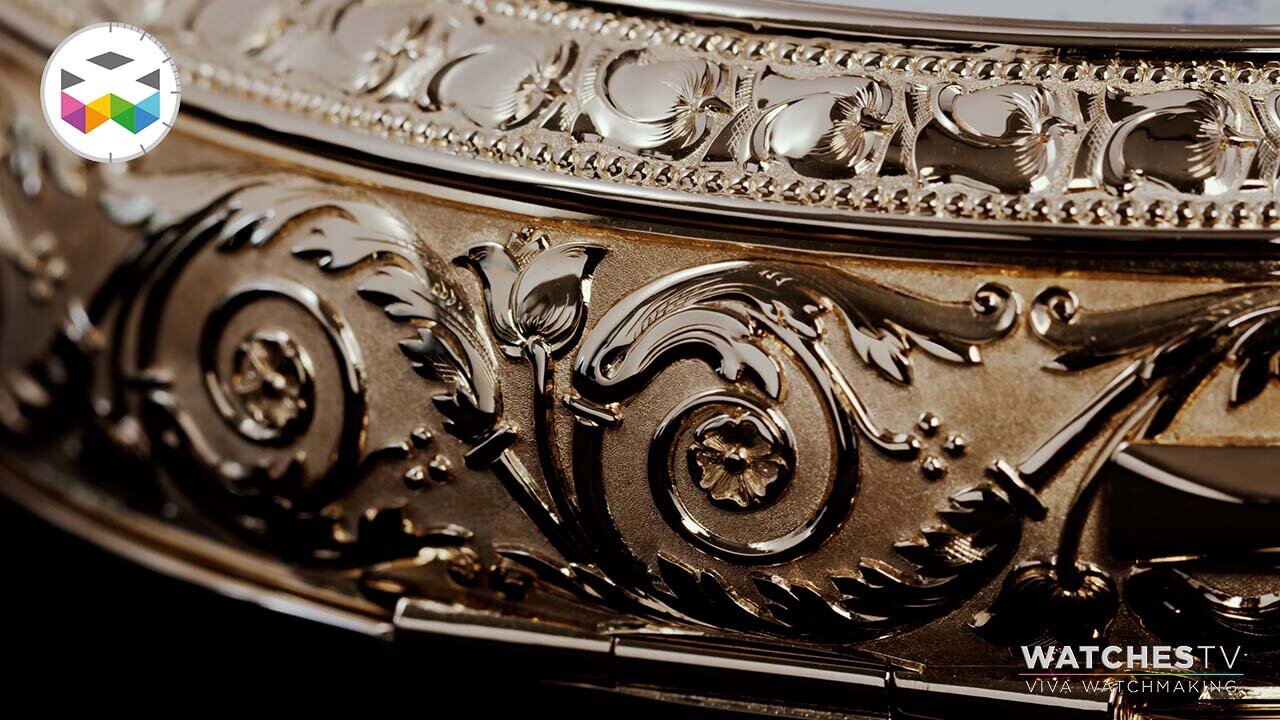
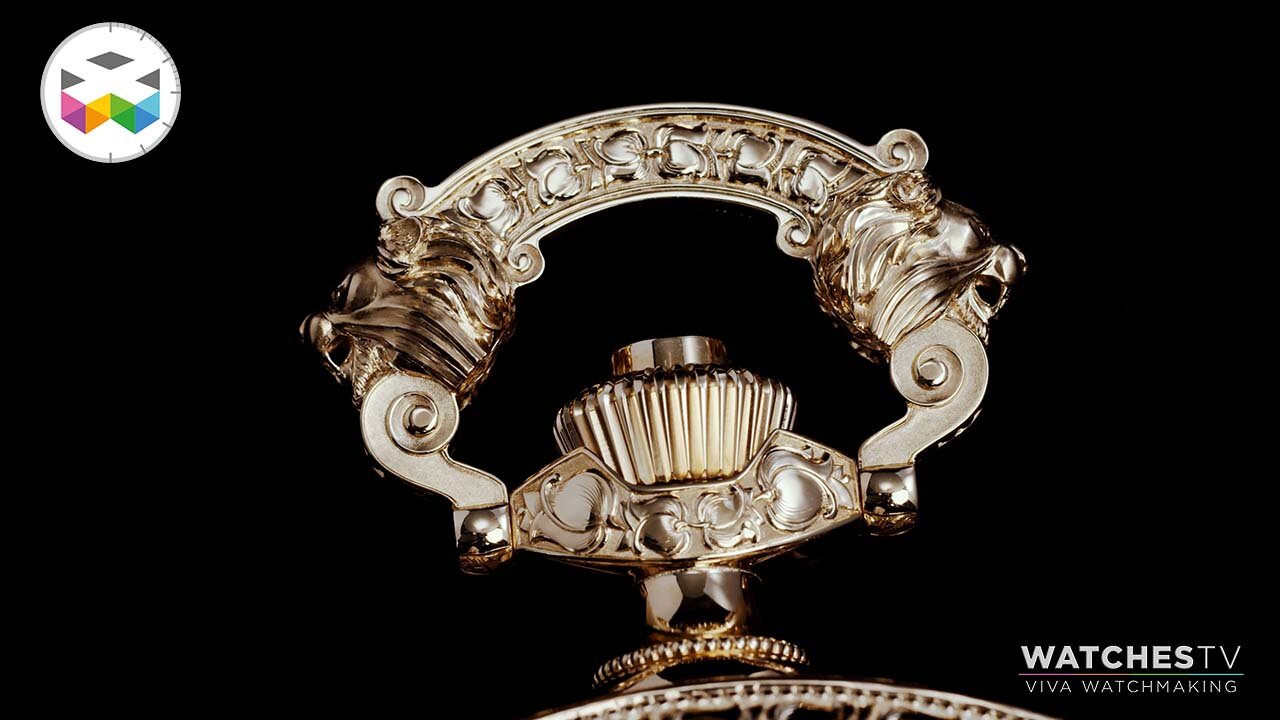
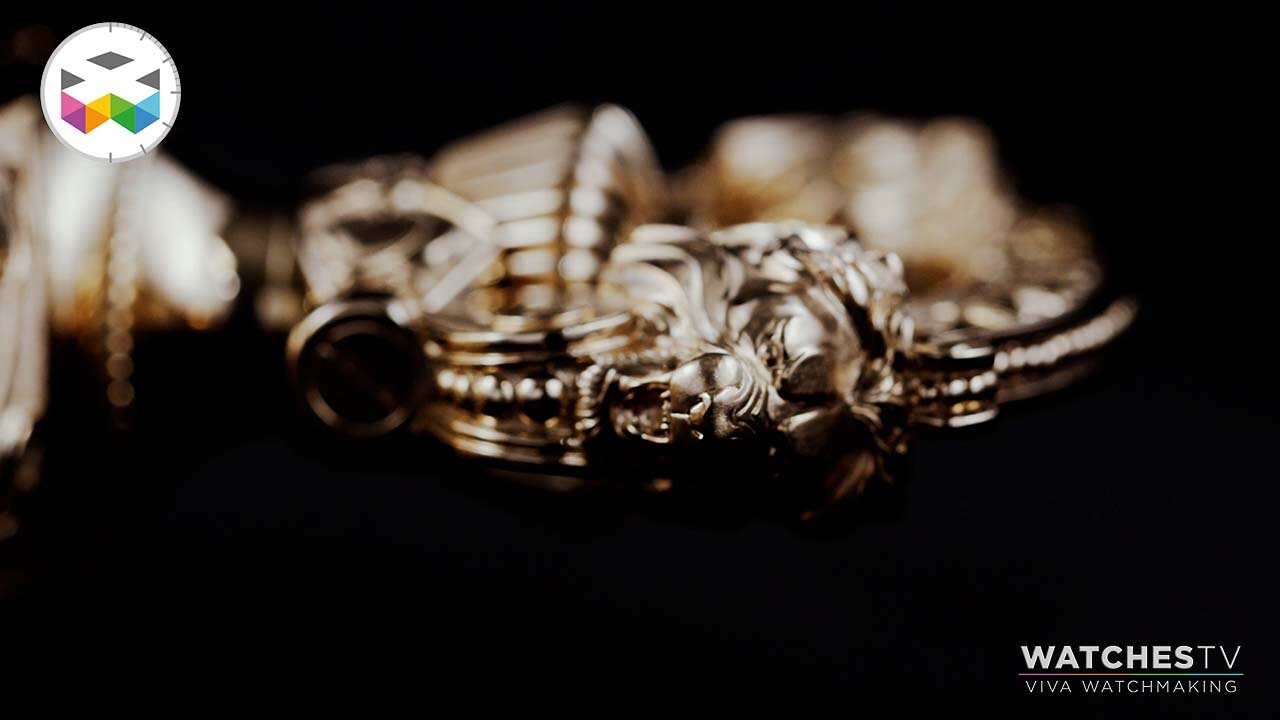
As for the enamel painting this work was made by a famous enameler Anita Porchet and it was decided to do a reproduction of the Girl with the Pearl Earrings from Johannes Vermeer. It took Mrs Porchet no less than seven months to achieve this result.




